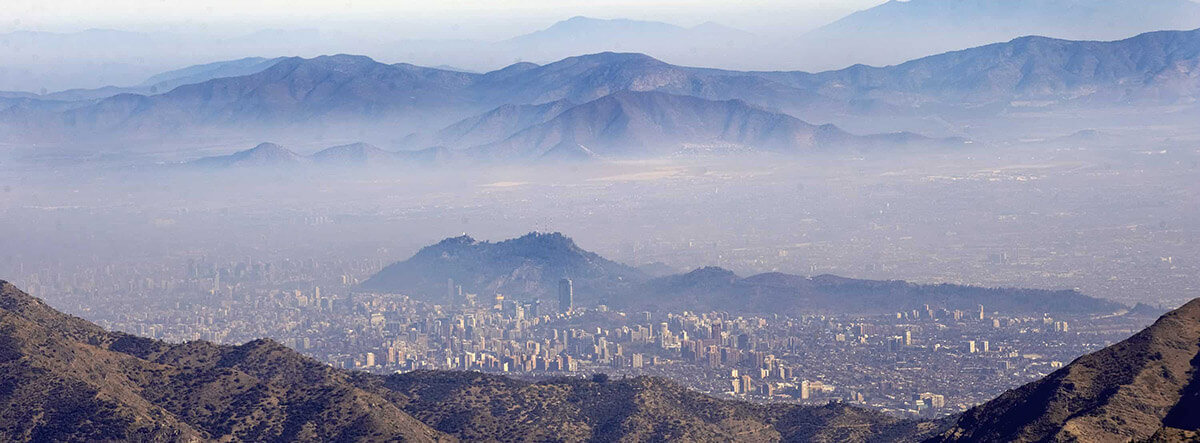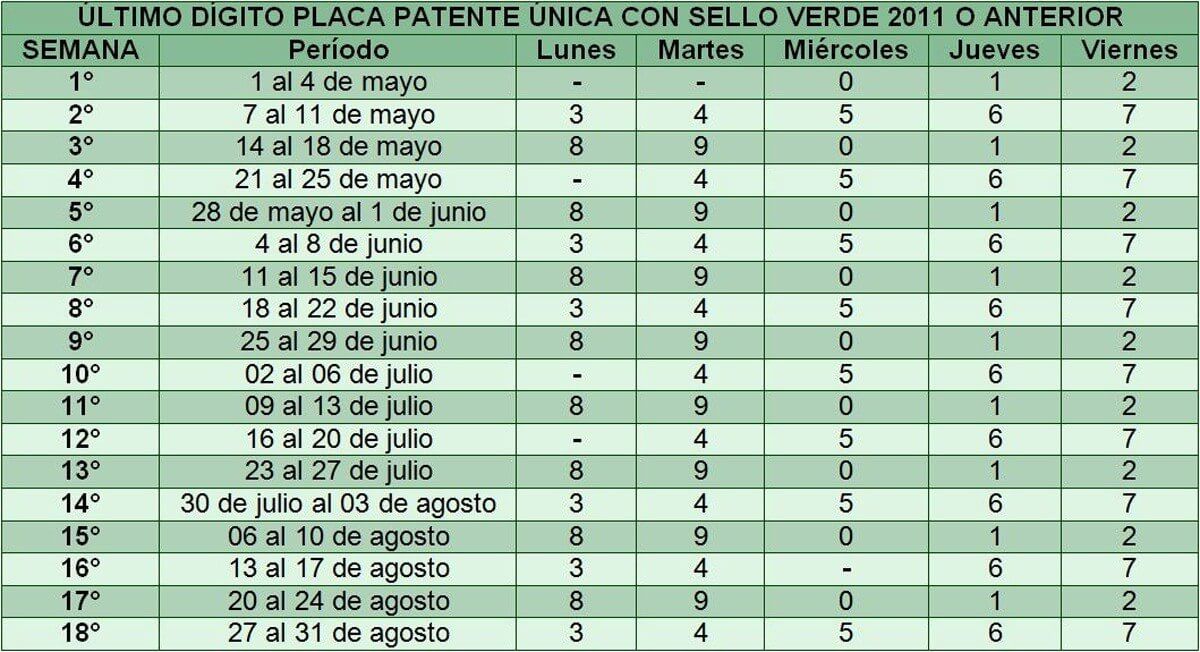
- Home
- Expat Guide
- Life in Chile
- Pollution in Chile
13/08/2018
Santiago is one of the most polluted cities in Latin America. The Chilean capital, with more than 6 million inhabitants, and the metropolitan area as a whole are particularly affected, especially in winter (May-August). Pollution is mainly due to the intensity of road traffic and the geographical location of Santiago - in a valley between two mountains - which prevents the dispersion of pollutants.
The World Air Quality website has a real-time air quality index visual map.
However, authorities have passed laws to reduce the level of air pollution. With the "Santiago Respira" plan launched in 2016, the government wants to reduce fine particle emissions by 60% within the next ten years through traffic restrictions, a ban on the use of wood heating, and stricter regulations on pollutant emissions by industry.
Levels of pollution alerts and restrictions associated in Santiago de Chile
There are several levels of pollution alerts, with different emergency measures:
The information below is provided as a guide to help you understand the restriction pattern. The plate numbers and associated restriction days change annually. Please refer to the information on the Ministry of Transportation website, or enter your plate number in the form below, to obtain the information that best suits your situation.
Restriction during all winter (May-August) for old vehicles
The Chilean authorities have implemented traffic restrictions from Monday to Friday from 7:30 am to 9 pm in the whole Metropolitan region. It used to be only within a perimeter delimited by the avenues Américo Vespucio (sur, norte, and oriente) but since 2023, the restrictions are implemented on the whole region. These restrictions apply based on the last digit of the license plate of each vehicle older than 8 years old.
- From May to August, whether there is an alert or not: a part of the vehicles with catalytic converters and whose license plate was registered before September 1st, 2011 are not allowed to circulate inside the perimeter. This restriction impacts one digit per day (10% of vehicles, see table below).

- Cars without a catalytic converter and motorcycles dating from before 2002 are not allowed to circulate in the perimeter except during public holidays, regardless of the last digit of the license plate. Outside the perimeter, but within the province of Santiago and the municipalities of Puente Alto and San Bernardo, restrictions apply according to the last digit of the license plate between 7:30 am and 9 pm. These restrictions impact four digits per day (40% of vehicles, see table below).

- Some motorcycles registered between 2002 and September 1st, 2010 are not allowed to circulate within the perimeter. This restriction impacts two digits per day (see table below).

Alerta ambiental (1st level of pollution)
Every day, four numbers of vehicles with non-catalytic converters are not allowed to circulate, which does not change anything in winter. From this level of pollution, the use of wood heating and agricultural combustion are prohibited.
Preemergencia
In addition to the traffic restrictions above, the restriction for vehicles with non-catalytic converters extends to six digits per day. From this level of pollution, the authorities recommend not to do any physical activity.
Emergencia
In addition to the traffic restrictions above, the restriction for vehicles with non-catalytic converters extends to eight digits per day and the restriction for vehicles with catalytic converters extends to two digits per day.
About new cars
Vehicles with catalytic converters registered from 2012 are always excluded from restrictions, even in case of preemergencia and emergencia.
You can get more information on the website of the Unidad Operativa de Control de Transito. The Department of Transport and Telecommunications is very active on Twitter and many information is conveyed via the official account.
You can enter the number of your license plate on the website of the Department of Transport and Telecommunications to know the days on which you are not allowed to drive.
Fines
Restrictions compliance is controlled by police officers and by cameras located on the major axis within the perimeter. If you do not comply with the restrictions, you may be fined, between 1 and 1.5 UTM (see our article on UTM if you are not familiar with this acronym). To find out if you have been fined, you can enter your license plate on the website of the Ministry of Justice.
If you use your car and take a highway, be careful not to use a motorway exit located inside the perimeter, it is likely that the access control cameras are used for this purpose.
Is pollution in Chile that bad? What can I do if I can not bear pollution?
The pollution is higher in July, during winter. And there are a few days during winter when it is really problematic, during which it is recommended not to go outside.
If you are allergic or have respiratory problems, you have several options:
- relocate near the coast, where the pollution problems are very limited due to the high amount of wind,
- in Santiago, choose to settle in communas higher in the mountains, such as Lo Barnechea, or San Carlos de Apoquindo in Las Condes (both being more expensive). You can also have a look at La Reina Alta and Alto Peñalolén, which are a bit cheaper but still offer nice properties.

Do you want to go more in detail?
I wrote the Chile Handbook for Foreigners for anyone and everyone looking to move permanently and enjoy life in Chile. It's a 265-page book that goes over all aspects of relocating to Chile. Here is what you get:
✅ Practical tips based on 7-year relocation experience
✅ To-do lists to help you start
✅ Last updated in 2024

